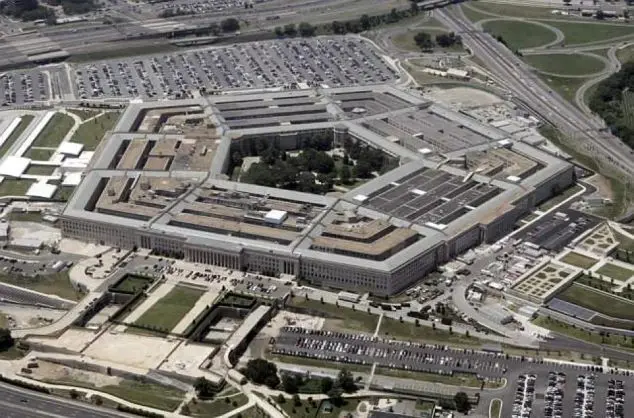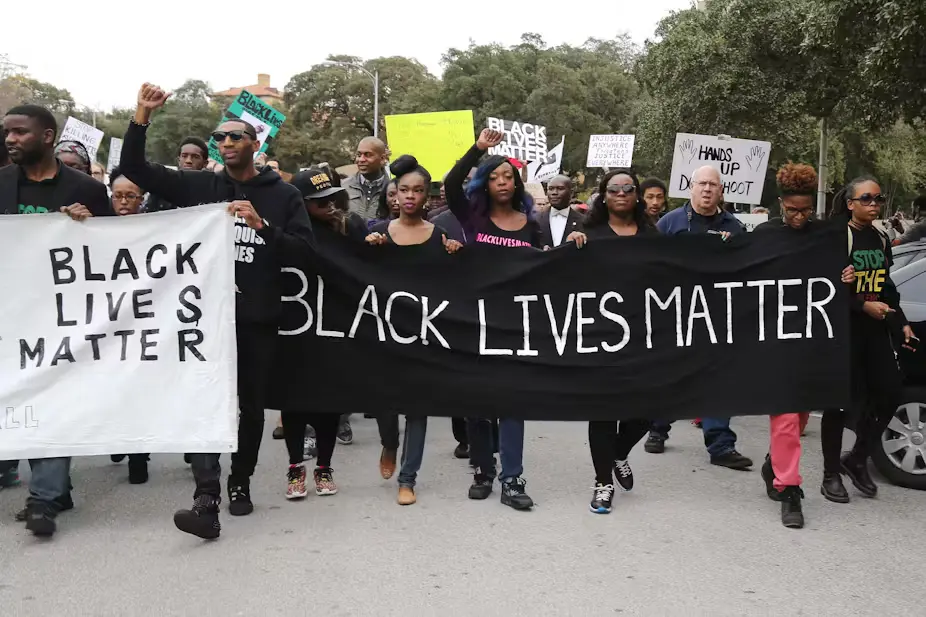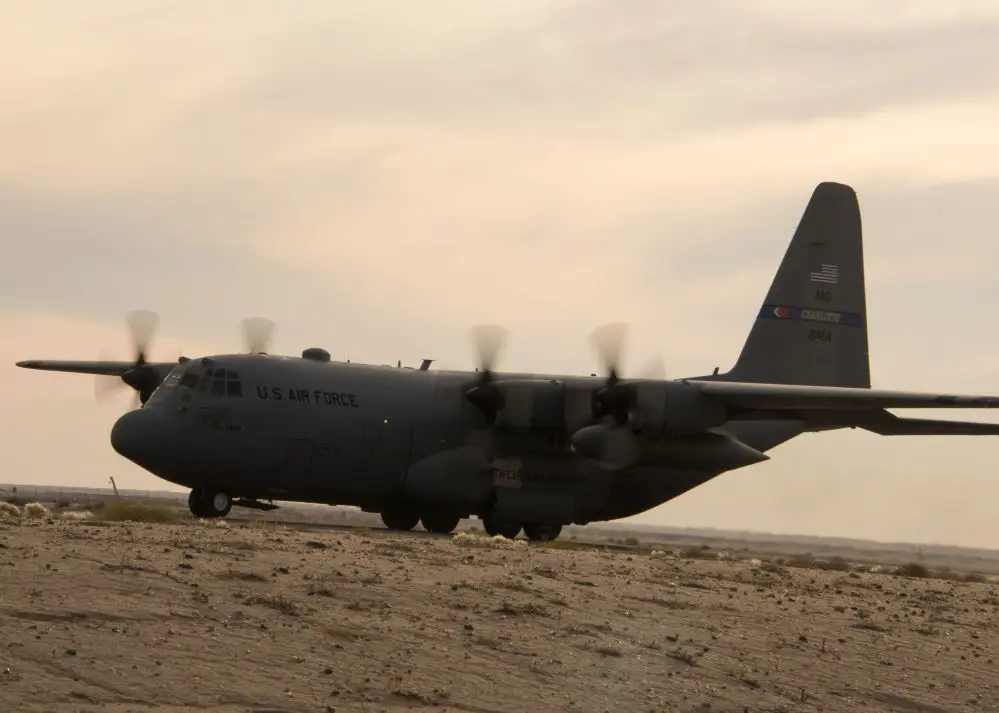A report from BuzzFeed News revealed that the U.S. government operates what’s probably the world’s largest aerial surveillance program. From Monday to Friday, planes operated by the FBI and the Department of Homeland Security (DHS) circle over cities across America-carrying high-tech cameras or even, in some cases, wiretapping equipment like cell phone interception devices.
Scale and Scope
However, an analysis of the movements of more than 200 Federal aircraft from mid-August to late December shows that almost every major U.S. city is subject to daily aerial surveillance by the FBI, DHS, and in some cases other agencies. Operating well below commercial air traffic along with engines muffled to reduce noise, these aircraft are laden with state-of-the-art equipment such as high-resolution video cameras that link directly to the pilot’s augmented reality display.
Yet according to the FBI and DHS, slight differences in the flights are not designed for blanket surveillance. The facts tell a different story. For example: – Planes circled sites for hours at a time – Activity levels by air show drops by over 70% on weekends and holidays – Some aircraft were equipped with cell-site simulators that could track phones on the ground
Government Response and Justifications
The FBI states that its planes only target specific suspects in serious crime investigations. The DHS claims its aircraft are used for border security, drug smuggling prevention, and supporting other law enforcement agencies.
However, the weekend drop-off in flights has raised questions about the nature of these operations. Critics suggest this pattern may be linked to controversial FBI practices of using undercover agents to entrap suspects in fake terrorist plots.
San Bernardino Attack: A Case Study
The analysis revealed interesting patterns in the wake of the San Bernardino terrorist attack:
- No FBI surveillance flights over San Bernardino before the attack
- Within 90 minutes of the shooting, two planes were circling the scene
- In the following week, FBI planes repeatedly circled the mosque attended by the shooters
This response has alarmed some Muslim community leaders, who fear it represents a knee-jerk reaction targeting their communities.
Technology and Capabilities
The aircraft is equipped with advanced surveillance technology:
- Sophisticated camera systems with night vision and thermal imaging
- Augmented reality systems overlaying information on video feeds
- Some planes carry cell-site simulators (aka “Stingrays”) to track cell phones
While the FBI and DHS claim cell-site simulators are rarely used and don’t capture personal data, privacy advocates remain concerned about the potential for abuse.
Privacy Concerns and Scrutiny
But revelations about dirt boxes and still another (alleged) law enforcement intelligence service served on caveats under the Communications Assistance for Law Enforcement Act have easily battered that consensus, ranging from technical limitations in practical use—given how heavily those merely suspected of being in touch with terrorists are likely now to be investigated — to worries at individual nationals being taken in at the border because of previous owners having had manual machines or other formatting devices which take a long time and are seldom in print itself The above from the latter half of the author’s piece is down a bit misleadingly written for clearer understanding by your average reader.
Targeting of Muslim Communities?
While some surveillance flights have hovered over areas with large Muslim populations, the survey found no clear pattern of systematic mosque surveillance. But the reaction to the San Bernardino attacks has raised worries about potential profiling.
Unearthing this massive aerial surveillance project calls quickly to mind questions of government overreach, privacy, and the balance between security and civil liberties. As debate rages on, many push for more transparency and oversight to safeguard against misuse of these potent instruments.
As law professor Ramzi Kassem puts it, “It’s important for people to be cognizant” of such operations in the skies above American cities.



